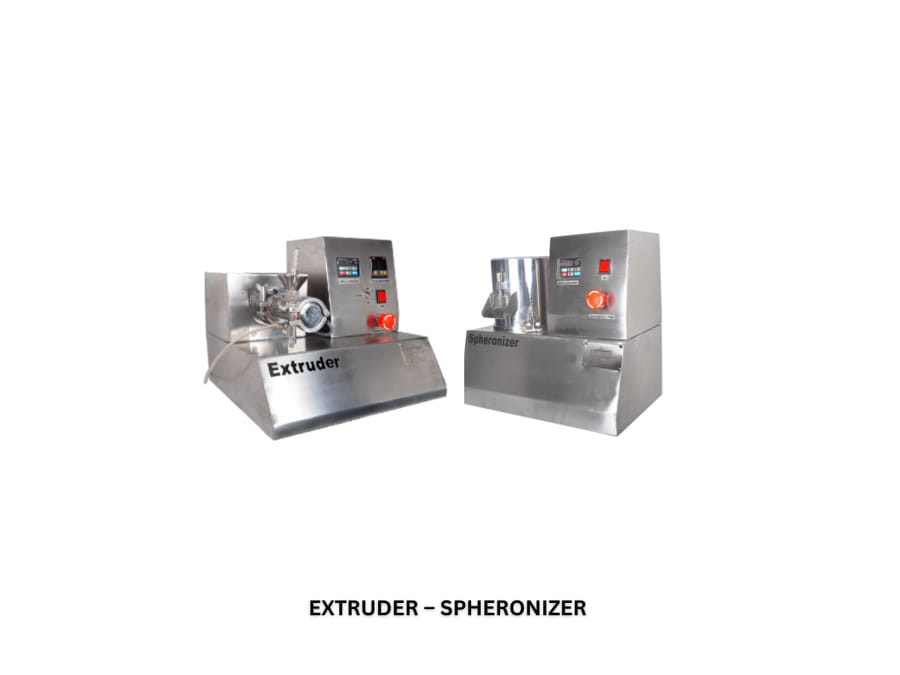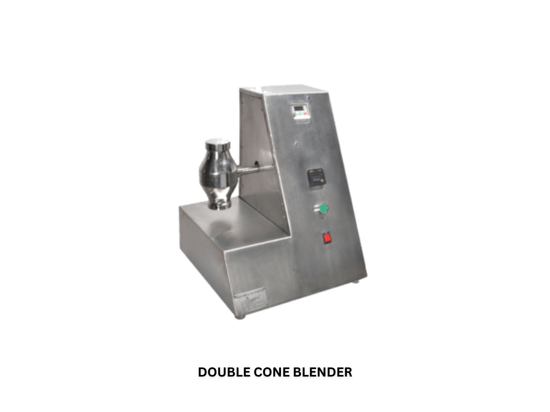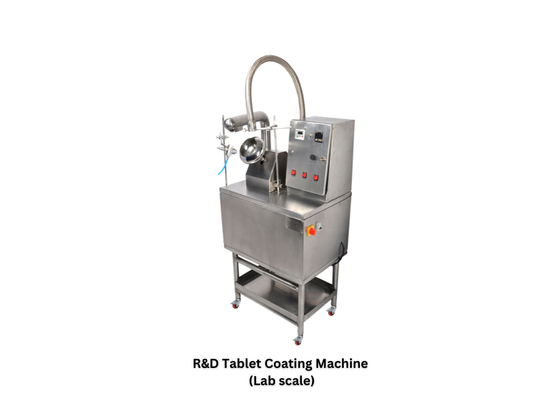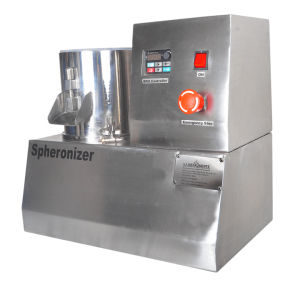
#Product Trends
ABOUT EXTRUSION – SPHERONIZATION
The extrusion–spheronization method is the most popular method of making pellets.
This process was first reported by Reynolds and by Conine and Hadley.
Extrusion-spheronization is a pelletization technique developed in the early 1960s, and regularly used in the pharmaceutical industry to make uniform size spheres.
It is beneficial for making dense granules for controlled-release solid oral dosage forms with minimum excipients.
Pellets composed of different drugs can be blended and formulated in a single unit dosage form that facilitates the delivery of two or more chemically compatible or incompatible medicines at the same or different sites in the GI tract.
Advantages of Pellets
The pellets or beds produced by the extrusion-spheronization process offer several advantages over conventional drug delivery systems.
Produce spheroids with a high loading capacity of active ingredients without producing extensively large particles.
Dispersed freely in the GI tract, it maximizes drug absorption, reduces peak plasma fluctuations, and minimizes potential side effects and toxicity owing to the reduced dose and increased bioavailability.
Produce uniform-size particles having narrow size distribution and good flow properties.
Successive coating is applied to the spheroids because of their spherical shape and low surface area to volume ratio.
Pellets also tend to avoid high local concentrations of bioactive agents, which may inherently be irritating anesthetic to the stomach.
The bulk drugs and excipients are converted into agglomerates by the process of Pelletization. The agglomerates formed by this process are small, free-flowing, spherical or semispherical units called pellets.
Extrusion and Spheronization is a involves four-step process:
Preparation of the wet mass (Granulation)
Shaping the wet mass into cylinders (Extrusion)
Breaking up the extrudate and rounding of the particles into a sphere (Spheronization)
Drying of the pellets






